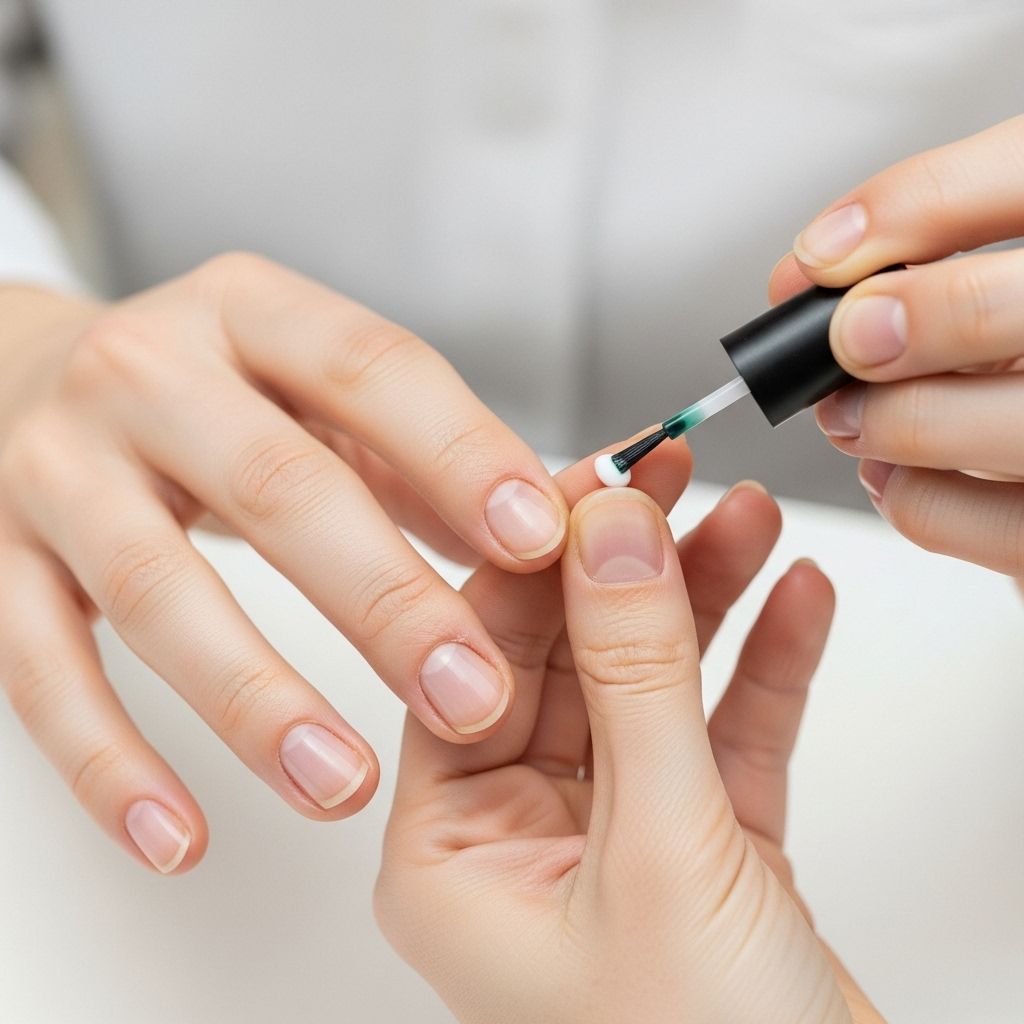How to Stop Biting Your Nails: Expert Strategies for Lasting Change
Break the nail biting habit with proven expert tips, triggers tracking, and practical interventions for healthier nails.

Nail biting, or onychophagia, is a common habit affecting people of all ages—a behavior that can be stubbornly persistent and damaging to both nail and skin health. Whether driven by stress, anxiety, boredom, or unconscious routines, breaking the habit requires a combination of self-awareness, behavioral interventions, and practical nail care strategies. This comprehensive guide draws on expert recommendations to help you understand why you bite your nails, how to address triggers, and actionable steps to foster healthy nails and hands.
Understanding Nail Biting: Why Do We Do It?
Nail biting often starts in childhood and can persist into adulthood. Experts agree that the urge to bite nails is frequently triggered by emotions such as stress, anxiety, boredom, or mental focus on particular tasks. For some, it is a coping mechanism that provides temporary relief or distraction, while for others, it has become an automatic habit, noticeable only when the nail damage is done.
1. Find Your Triggers
The first—and perhaps most vital—step in overcoming nail biting is to identify your personal triggers. Self-monitoring is crucial:
- Keep a written log of every instance you feel compelled to bite your nails. Note the time, location, emotions, and what you were doing.
- Look for patterns: Are you biting during stressful moments, periods of boredom, or when mentally preoccupied?
- Common triggers include anxiety, boredom, and deep concentration.
By documenting and recognizing your triggers, you become more aware and prepared to intercept the behavior before it starts. This step lays the foundation for targeted habit change.
2. Treat Yourself to Manicures
Investing in at-home or salon manicures can provide both a physical and psychological deterrent to nail biting:
- Polished or decorated nails form a protective barrier, making you more aware of the biting impulse.
- Time and money spent on manicures serve as motivation to keep nails intact.
- Simple nail polish or decorative stickers are effective and safer than acrylics or glued-on tips, which can sometimes injure the nail.
Professionally done nails, especially among teens, can boost cosmetic appeal and engagement in maintaining nail health. Cosmetic products can also mask nail damage as it heals.
3. Keep Nails Short
Regular trimming makes nails less tempting to nibble and reduces satisfaction from biting:
- Short, neat nails have fewer ragged edges and hangnails, common triggers for biting.
- Short nails are physically harder to bite and less likely to result in accidental damage to the skin.
However, be careful not to bite at the skin surrounding short nails, as this can lead to infections.
4. Try Unpleasant Nail Polishes
Bitter-tasting polishes are a classic aversion therapy. These products condition you to avoid nail biting by creating a negative sensory experience:
- Every time you bring your fingers to your mouth, the bitter taste acts as immediate feedback.
- Mavala Stop Deterrent Nail Polish is a dermatologist-recommended option.
Such polishes can be a simple—and often effective—step for those committed to quitting.
5. Habit Reversal Training
Habit reversal training (HRT) is a psychological technique proven effective for breaking repetitive, unwanted habits:
- Become aware of your nail biting acts, but without judgment. Gracefully acknowledge slips and focus on underlying causes.
- Replace the act with a competing behavior—something to occupy your hands and mouth, such as a fidget toy, stress ball, gum, or lollipop.
- Reinforce positive change with rewards. Token economy systems (rewarding progress) encourage healthy new habits.
Cognitive Behavioral Therapy (CBT) approaches, including HRT, address both the behavior and the emotional drives behind it, supporting longer-term change.
6. Physical Barriers: Gloves & Mouthguards
Physical barriers serve a dual purpose—preventing nail access and increasing awareness of the habit:
- Gloves block direct contact and make the act impossible, especially helpful at home or during routine activities.
- Apply Vaseline under gloves to hydrate and protect the skin and nail beds.
- Mouthguards can be effective for those who unconsciously gnaw on nails while watching TV, reading, or relaxing.
While these approaches may seem extreme in public settings, they are highly effective for those determined to quit and are safe for daily use.
7. Maintain Proper Nail Hygiene
Healthy nail care reduces nail biting triggers and protects against complications:
- Keep nails trimmed and filed. Well-groomed nails are less likely to develop hangnails or snags, common biting triggers.
- Moisturize hands and nails to prevent dryness and cracking.
- Clean under nails regularly to remove debris and prevent infection.
Nail grooming is a protective strategy that diminishes satisfaction from biting and reduces the risk of infections like paronychia.
8. Try Alternative Coping Mechanisms
Replacing nail biting with healthier habits can redirect the urge:
- Chew gum during stressful situations. Experts recommend sugar-free or sorbitol-based gum to promote oral health.
- Use fidget toys
References
- https://pmc.ncbi.nlm.nih.gov/articles/PMC7497389/
- https://www.prevention.com/beauty/skin-care/a27528175/how-to-stop-biting-nails/
- https://www.uclahealth.org/news/article/how-biting-your-nails-is-affecting-your-health
- https://www.prevention.com/health/a44714237/how-to-stop-biting-nails-study/
- https://www.prevention.com/health/a20451036/bad-habit-health-effects/
- https://pmc.ncbi.nlm.nih.gov/articles/PMC3556753/
- https://www.health.harvard.edu/staying-healthy/is-biting-my-nails-really-that-bad
- https://publications.aap.org/patiented/article/doi/10.1542/ppe_schmitt_344/194003/Nail-Biting-Habit
Read full bio of medha deb












